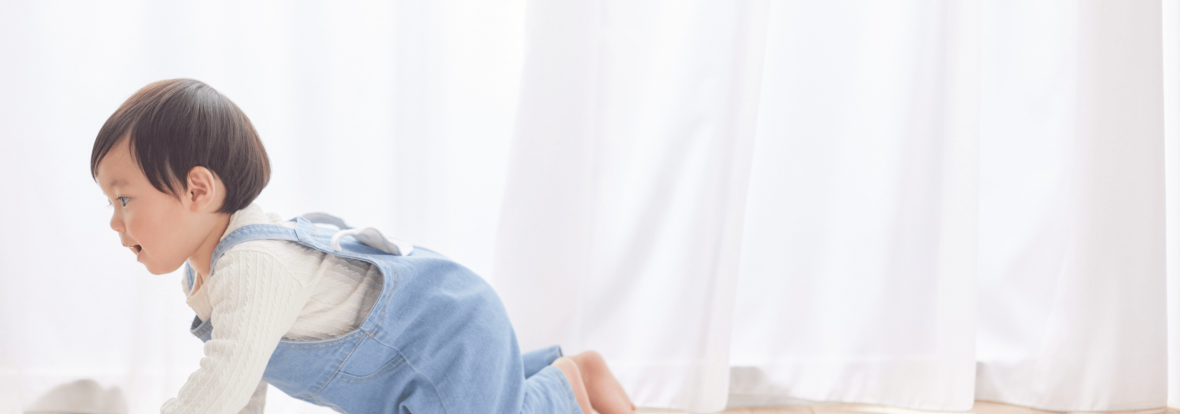Why Can’t My Toddler Sit Still?

Understanding Movement in Early Childhood Through Neuroscience and Purposeful Practice
If your toddler seems like they have endless energy, running, jumping, climbing, wiggling, and rarely sitting still, you're not alone. And more importantly, you are witnessing a vital part of healthy toddler development.
At Blossom, we understand that movement isn’t a distraction. It’s how young children learn best.
🧠 What Neuroscience Tells Us
Children are wired to move. In the early years, their brains are still forming key connections between movement and cognitive function. This process is known as brain and body integration.
Active play stimulates two essential sensory systems:
- The vestibular system, which helps with balance, spatial orientation, and coordination
- The proprioceptive system, which supports body awareness and motor control
When children move, these systems are activated, helping to develop:
- Focus and attention span
- Self-regulation and emotional control
- Core strength, balance, and coordination, all of which support future academic readiness
In fact, research shows that movement increases levels of brain derived neurotrophic factor (BDNF), a protein that promotes the growth and connectivity of brain cells. This is one of the many benefits of physical activity for children that enhances learning, memory, and resilience.
🌱 Movement as a Right and a Learning Path
In line with The Book of Sustainable Education, Pillar 2: Education in Freedom, we believe that learning should respect the child’s natural rhythm, including their need for movement.
Restricting a child’s movement does not help them learn to concentrate. In fact, it often does the opposite. A child who moves is a child who is exploring, regulating, and learning.
By giving children the freedom to move, we also honour their autonomy, curiosity, and holistic development.
🏫 What We Do at Blossom Nurseries and Preschools
At Blossom, movement is not an interruption to learning. It is learning. Here’s how we integrate it every day:
- Daily Movement Time: Each child has time to run, jump, climb, and crawl, both indoors and outdoors, every single day.
- Active Learning: We build movement into lessons. Children jump while counting, dance while singing, and climb while storytelling. This multi-sensory approach boosts retention and joy.
- Designed for Exploration: Our spaces are carefully arranged to allow safe, guided movement that supports gross motor development while reducing stress.
Zoom into Blossom Afternoon Club and Extra-Curricular Enrichment
Our commitment to purposeful movement continues beyond the regular day. Through the Blossom Afternoon Club, children enjoy extra-curricular activities that align with their natural need to move and thrive. Whether your child is in Blossom Dubai Marina, Mudon, Business Bay, Al Zeina, or WaterEdge, we nurture their passion through engaging, movement-rich programs as part of our approach to early childhood education in the UAE.
• Sporticize – A dynamic, fun-filled program blending movement with early fitness and team play, enhancing both physical and social development.
• Brazilian Martial Arts – Tailored for young children, this playful martial arts experience fosters focus, discipline, coordination, and self-confidence.
• And many more…
These curated experiences offer children structured yet joyful ways to move, learn, and grow after school hours, continuing their journey of holistic development with purpose and fun.
🏠 Home Tip: Build a “Move and Learn” Moment
You don’t need a playground to support your child’s need to move. Try:
- A pillow path across the living room
- Freeze dancing to music, jumping, wiggling, and pausing
- Counting steps up and down stairs
- Animal walks such as crab, bear, or frog across the hallway
These simple activities strengthen both muscles and minds, helping children feel calm, confident, and capable.
🌍 A Sustainable Approach to Movement
Movement is not a phase. It is a foundation. When we honour the ways children naturally explore and grow, we create learning environments that are sustainable, respectful, and developmentally appropriate.
So the next time your toddler can’t sit still, remember, they are not being “naughty.”
They are nurturing their brain, their body, and their future.












Blossom Nusery
December 19, 2025